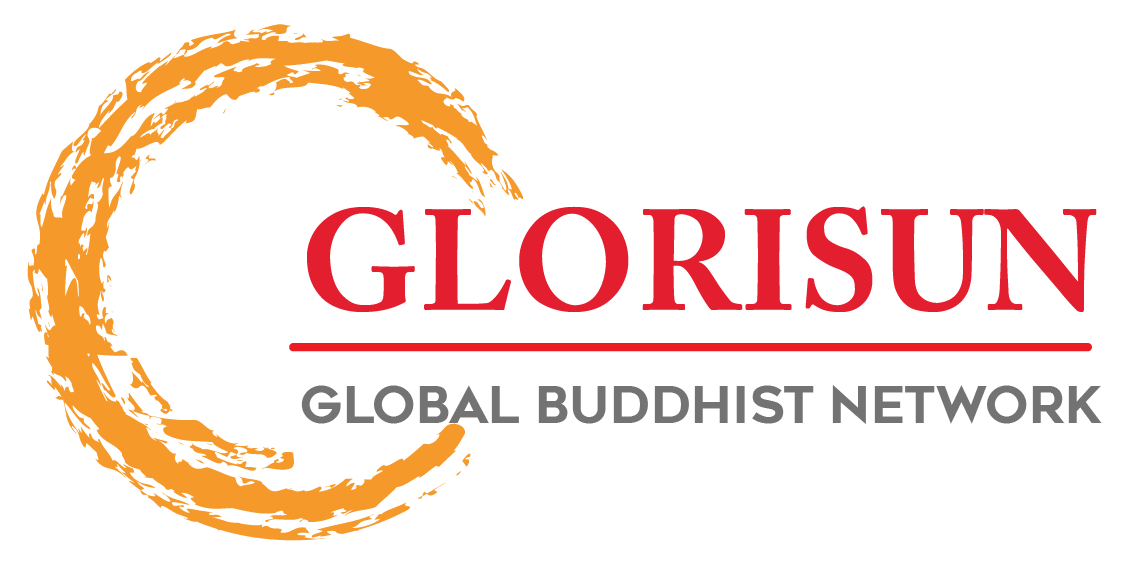Click here return to the Hualin main page.
Click here return to the Hualin E-Journal Vol 7.2 Table of Contents page.
Hualin International Journal of Buddhist Studies 7.2 (2024): 188–221; https://dx.doi.org/10.15239/hijbs.07.02.06
(This article belongs to the Special Issue Ritual and Materiality in Buddhism and Asian Religions)
Time and Materials at the Changhe Temple in Hsinchu Taiwan
Chuck WOOLDRIDGE
Lehmen College, CUNY
Abstract: Temple managers in Taiwan engage in practical theorizing about the relationship between material objects and ritual. Their varied responsibilities include acquiring materials, overseeing renovations, recruiting ritual specialists, and taking part in ceremonies. In temple publications, they reflect on commonalities among these activities, and their insights can contribute to the academic study of material culture. This article illustrates the point through a case study of the renovations and subsequent ritual celebrations at the Changhe Temple in Hsinchu Taiwan from 1998 to 2004. The construction project and subsequent performance of a Daoist jiao offering were part of the same process. The underlying idea of improving and extending through time (Ch. xiu 修) linked renovations and rituals. Managers viewed both as ways to renew the temple community, to protect temple buildings, and to pass liturgical and craft knowledge to future generations.
Keywords: Taiwan, religion, Mazu, jiao, Daoism, maintenance, renovations, material culture, temple architecture
About the Author: Chuck Wooldridge is interested in urban history, religious history, and political culture. His recent research concerns iconoclasm, maintenance, and repair, especially in modern Taiwan. He received his Ph.D. from Princeton in 2007, and has worked at Lehman since 2008, where he teaches East Asian and world history. He also serves as co-director of the Modern China Seminar at Columbia University. His first book, City of Virtues: Nanjing in an Age of Utopian Visions (2015) concerns the ways different nineteenth century political movements sought to construct buildings, write history, and perform rituals to make the cityscape of Nanjing reflect their notions of ideal government.
This is an open access article distributed under the Creative Commons Attribution License which permits unrestricted use, distribution, and reproduction in any medium, provided the original work is properly cited.
